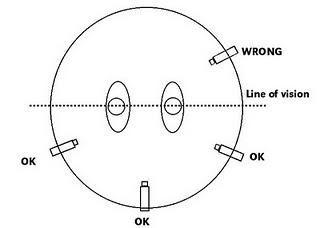
This font looks quite sinister. The sharp edges and the inconsistent thickness could represent an un-settled mind, something that may be useful in our film opening as it relates to the psychological side of horror films. However, the 'T' at the start could be mistaken for a capital 'J' which will change the meaning of the title completely, also causing confusion for the audience.

This font is a good specimen because it has been made to look like it has been scribbled down by somebody. This scribbled writing isn't as legible as normal handwriting, this makes you notice more about the words because you have to concentrate on reading what it's saying more than you normally would have to with normal writing. The backwards 'e's' could represent difference and isolation from the rest of the letters - this could be linked to a ghost in a paranormal horror film as it's separate from human beings and everyone else.

I like this font because it has a gothic theme to it with the flicks on the capital 'T' and the 'l' in angels. This font is very easy to read and the 'dripping blood' effect puts the audience in an un-nerving position as soon as they see the font because it could be proleptic to something that may happen in the film. There is a strong message that could come from this font as it is just a normal font and it is 'dripping with blood' which ruins a perfectly normal font. This could highlight the differences between a ghostly character and a normal character in the film opening.

This font is particularly good because it relates to one of out themes which is children. Children are innocent and sweet but in our film opening the ghost of the child is quite the opposite. This looks like it has been written by a small child which could relate to the fact that the child has been told/forced to write this by evil forces. It also has quite a spooky effect to it.










































